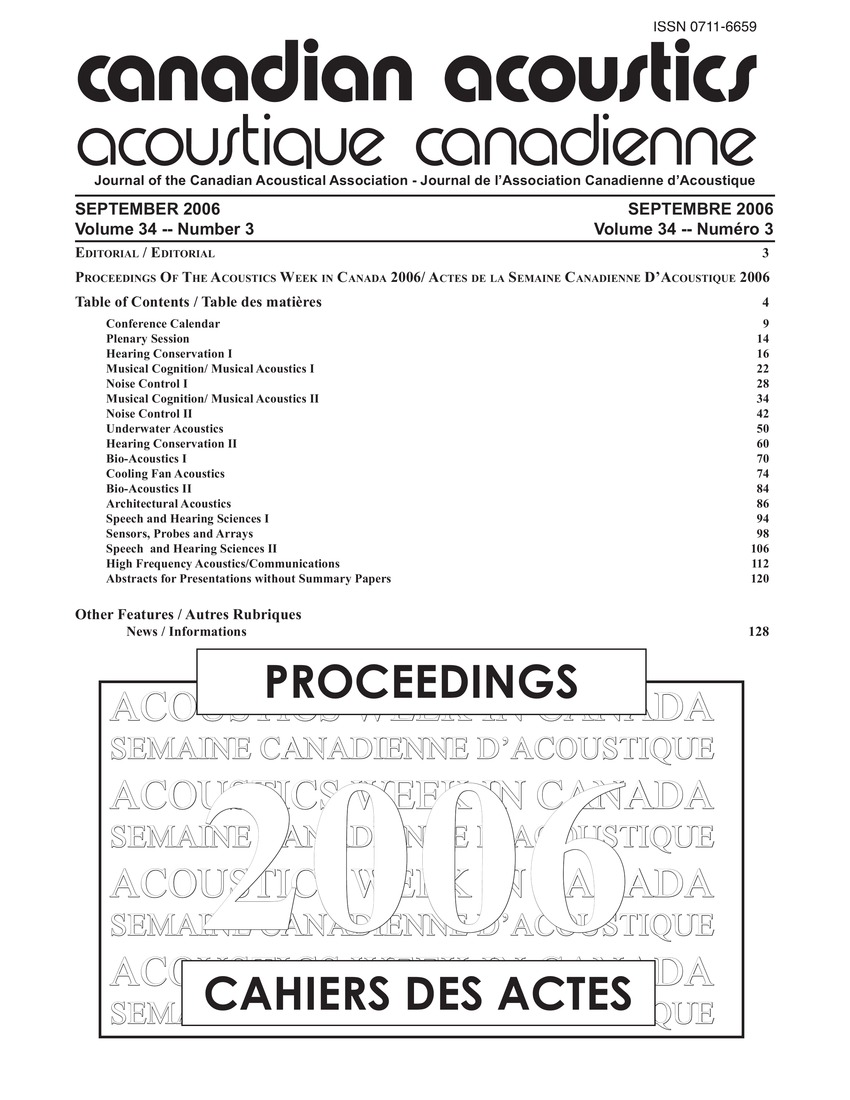Review of computational aeroacoustics for application in electronics cooler noise
Keywords:
Acoustic noise, Boundary element method, Computer simulation, Heat sinks, Natural frequencies, Numerical analysis, Acoustic phenomena, Axial fans, Electronics cooler noiseAbstract
A review of computational aeroacoustics (CCA) was made for application in electronics cooler noise. Computational aeroacoustics encompasses all numerical methods where the purposes is to predict the noise emissions from a simulated flow. Numerical simulation of the flow inside and around heat sinks and fans can lead to a prediction of the emitted noise while they are still in the design phase. Direct CCA is theoretically the best way to predict flow-based acoustic phenomena numerically. It is typically used only for low-frequency sound prediction. The boundary element method offers low computational cost and does not use a computational grid, but instead use vortex-surface calculations to determine tonal noise. Axial fans are commonly used to increase the airflow and thus the heat transfer over the heat sinks within the computer cases. Very detailed source simulations in the fan and heat sink region coupled with the use of analogy methods could result in excellent simulation results with a reasonable computational effort.Additional Files
Published
How to Cite
Issue
Section
License
Author Licensing Addendum
This Licensing Addendum ("Addendum") is entered into between the undersigned Author(s) and Canadian Acoustics journal published by the Canadian Acoustical Association (hereinafter referred to as the "Publisher"). The Author(s) and the Publisher agree as follows:
-
Retained Rights: The Author(s) retain(s) the following rights:
- The right to reproduce, distribute, and publicly display the Work on the Author's personal website or the website of the Author's institution.
- The right to use the Work in the Author's teaching activities and presentations.
- The right to include the Work in a compilation for the Author's personal use, not for sale.
-
Grant of License: The Author(s) grant(s) to the Publisher a worldwide exclusive license to publish, reproduce, distribute, and display the Work in Canadian Acoustics and any other formats and media deemed appropriate by the Publisher.
-
Attribution: The Publisher agrees to include proper attribution to the Author(s) in all publications and reproductions of the Work.
-
No Conflict: This Addendum is intended to be in harmony with, and not in conflict with, the terms and conditions of the original agreement entered into between the Author(s) and the Publisher.
-
Copyright Clause: Copyright on articles is held by the Author(s). The corresponding Author has the right to grant on behalf of all Authors and does grant on behalf of all Authors, a worldwide exclusive license to the Publisher and its licensees in perpetuity, in all forms, formats, and media (whether known now or created in the future), including but not limited to the rights to publish, reproduce, distribute, display, store, translate, create adaptations, reprints, include within collections, and create summaries, extracts, and/or abstracts of the Contribution.


